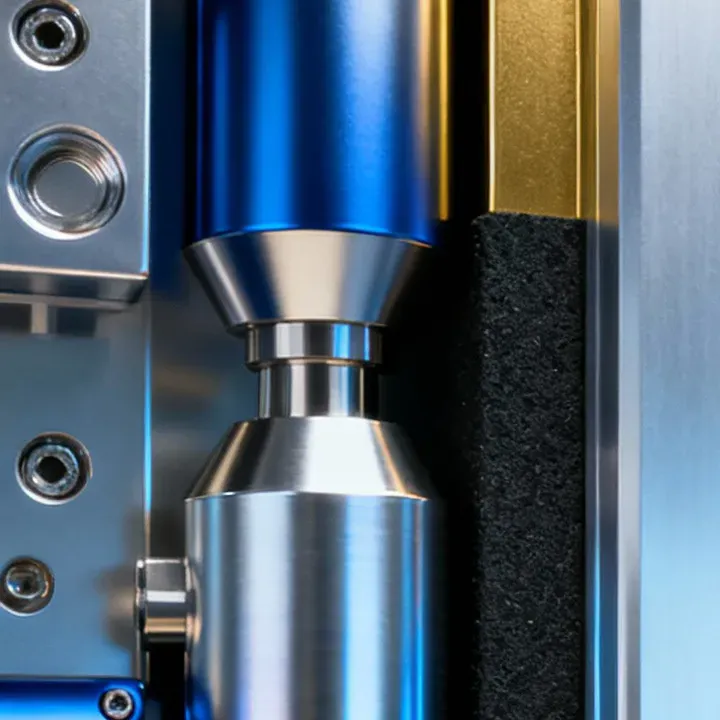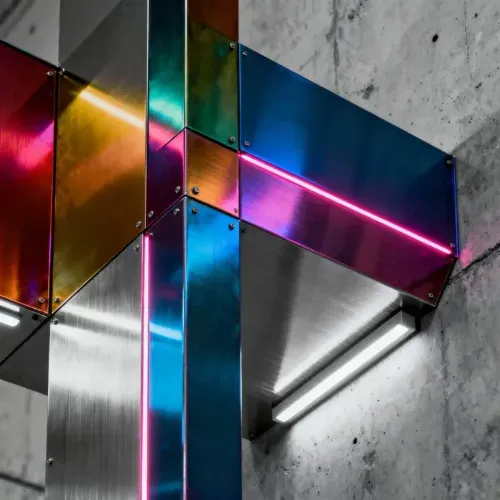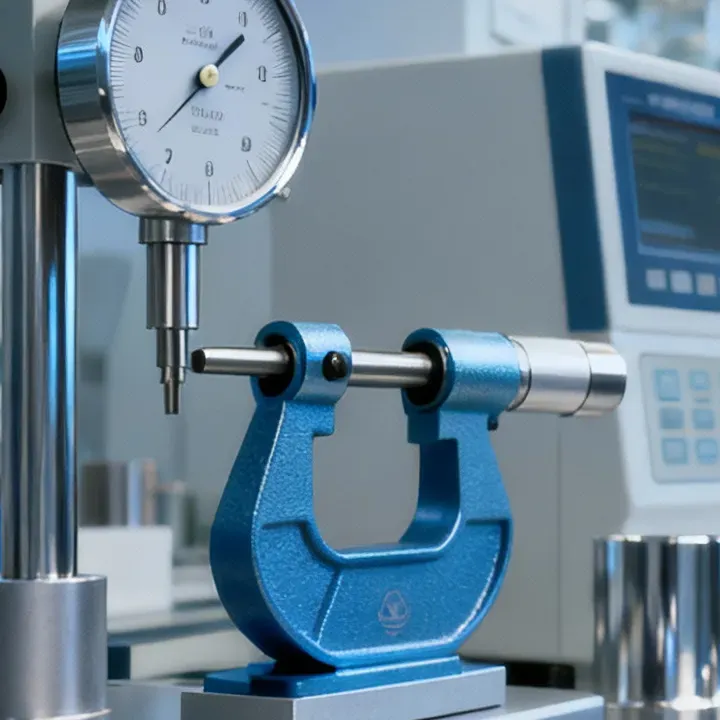Aluminium anodising, also known as eloxal coating, is an electrochemical process during which a durable and hard layer of aluminium oxide is formed on the surface of the metal. This coating significantly improves the corrosion resistance of aluminium, increases its electrical insulation properties and gives the product aesthetic qualities, allowing it to be coloured in a wide range of colours.
The process begins with thorough surface preparation: cleaning, degreasing and, if necessary, polishing or etching, which ensures good adhesion of the anodic coating and allows for a high gloss or matt finish. The components are then immersed in an electrolytic bath, usually containing sulphuric acid, in which the flowing current causes electrolytic oxidation of the aluminium surface.
The aluminium oxide layer formed during anodising has a porous structure that allows for chemical or electrochemical colouring, which further enhances the decorative and functional properties of the surface. The process is completed by sealing the coating, which blocks the pores and increases resistance to abrasion and weathering.
Thanks to its properties, anodised aluminium is widely used in construction, the automotive industry, electronics, the food industry, as well as in the production of sports equipment and decorations. The anodised layer is safe and can come into direct contact with food, which further increases its versatility.




